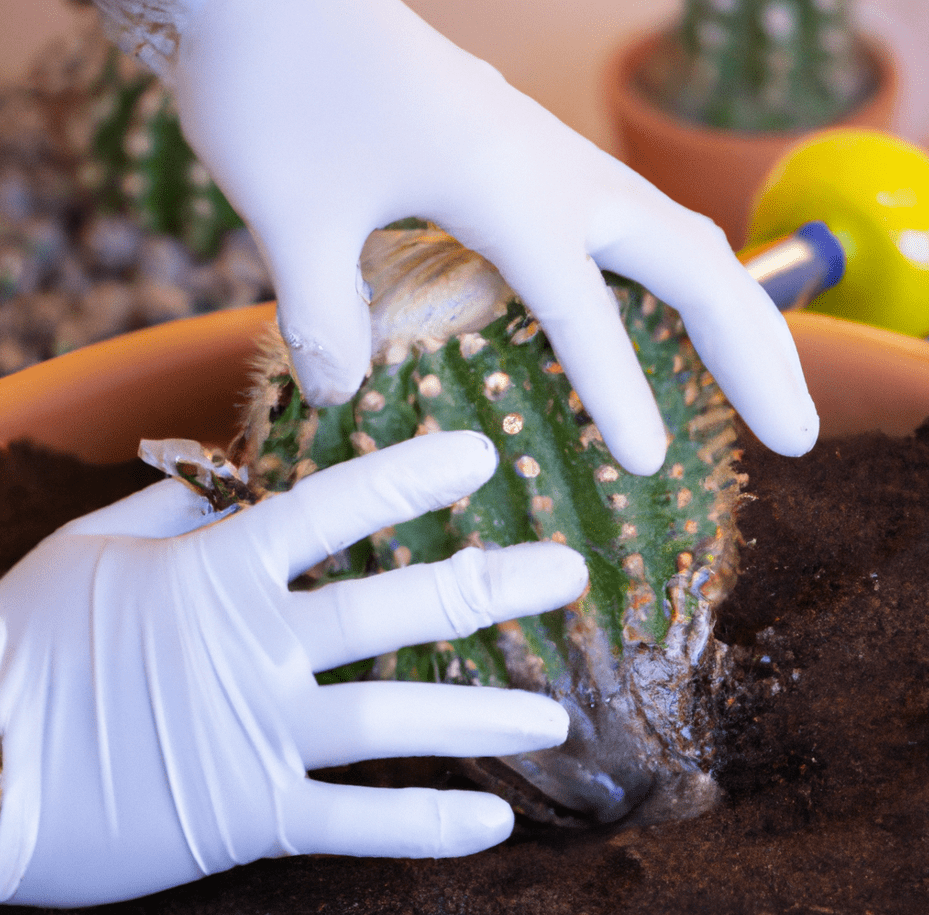Transplanting a cactus can seem like a daunting task for beginners, but with the right knowledge and preparation, it can be a rewarding experience. Cacti are resilient plants that can thrive in unexpected conditions, but they do sometimes outgrow their containers or require a change in their environment. This guide will provide detailed insights into how to successfully transplant your cactus, ensuring it continues to flourish in its new pot.
Understanding the Right Time to Transplant
Timing is critical when it comes to transplanting cacti. The optimal time for transplanting is during the spring months when the plant is awakening from its dormancy. This period allows for a seamless transition as the cactus begins its active growth phase. Transplanting during this time reduces stress on the plant and promotes quicker acclimatization. It is also wise to avoid transplanting during extreme weather conditions, such as heatwaves or frigid temperatures, as this can exacerbate the stress on the plant.
Signs That Your Cactus Needs Transplanting
Before making the move to a new pot, it’s important to recognize when a cactus needs to be transplanted. Here are some key indicators:
- Root Bound: If roots are poking out of the pot’s drainage holes or if the plant seems to be stunted in growth, it typically indicates that the cactus has outgrown its current container.
- Soil Degradation: Over time, cactus soil can compact and lose its aeration properties, leading to inadequate drainage. If you notice that water is pooling on the surface after watering, this might be a sign that the soil requires replacement.
- Visible Damage: Any signs of rot, disease, or pest infestations warrant transplanting. These conditions can spread if the plant remains in its current environment.
Gathering the Necessary Materials
Equipping yourself with the right tools will make the transplanting process more efficient and less stressful for both you and your cactus. Here’s a list of essential items:
- New Pot: Select a pot that is one size larger than the current pot. Ensure it has adequate drainage holes to prevent root rot.
- Cactus Soil Mix: Choose a well-draining soil specifically formulated for cacti and succulents. You can also create a mix using potting soil, sand, and perlite to boost aeration.
- Gardening Gloves: Protect your hands from spines and ensure a better grip on the cactus during the transplant.
- Tools: Use a trowel, a small shovel, and possibly a sharp knife if you need to detach any stubborn roots.
- Watering Can: After transplanting, you’ll want to water your cactus appropriately.
Executing the Transplant
Once you have all your materials ready, you can proceed with the actual transplanting process. Follow these detailed steps:
1. Prepare the New Pot
Begin by filling the new pot with a layer of cactus soil mix, ensuring it’s about one-third full. This initial layer will support the roots of your cactus once it’s placed in the pot.
2. Extract the Cactus
Wearing gardening gloves, gently grasp the cactus by its base. If the plant is stuck, use a knife to carefully loosen the soil around the edges. Gently wiggle the cactus to free it from the old pot, being cautious not to damage the roots.
3. Inspect the Roots
Once out of the pot, examine the roots closely. Trim any dead or unhealthy roots with sterilized scissors to promote healthy growth in its new pot.
4. Position the Cactus
Place the cactus in the center of the new pot, ensuring that it sits at the same depth as it did in the previous pot. Carefully pack the new soil mix around the roots, making sure to eliminate air pockets.
5. Watering After Transplant
Water the cactus lightly after transplanting. It’s crucial not to overwater, as this can lead to root rot. Allow the soil to dry out before the next watering, typically waiting several weeks as the cactus acclimates to its new environment.
The Importance of Aftercare
Transplanting can be stressful for cacti, so providing proper aftercare is essential for helping your plant adjust to its new pot. Here are a few tips for post-transplant care:
- Provide Indirect Light: Place the cactus in a location with bright, indirect sunlight for the first few weeks to avoid sunburn.
- Monitor for Signs of Stress: Watch out for wilting, discoloration, or other stress signals. If your cactus exhibits these signs, adjust your care routine accordingly.
Transplanting your cactus can enhance its growth and longevity, provided it is done correctly. Remember to be patient with your plant during this transition, and soon enough you will see it thrive in its new home. With careful attention to detail and respect for the unique needs of your cactus, you can enjoy the beauty of these fascinating plants in your home for years to come.





Leave a Comment